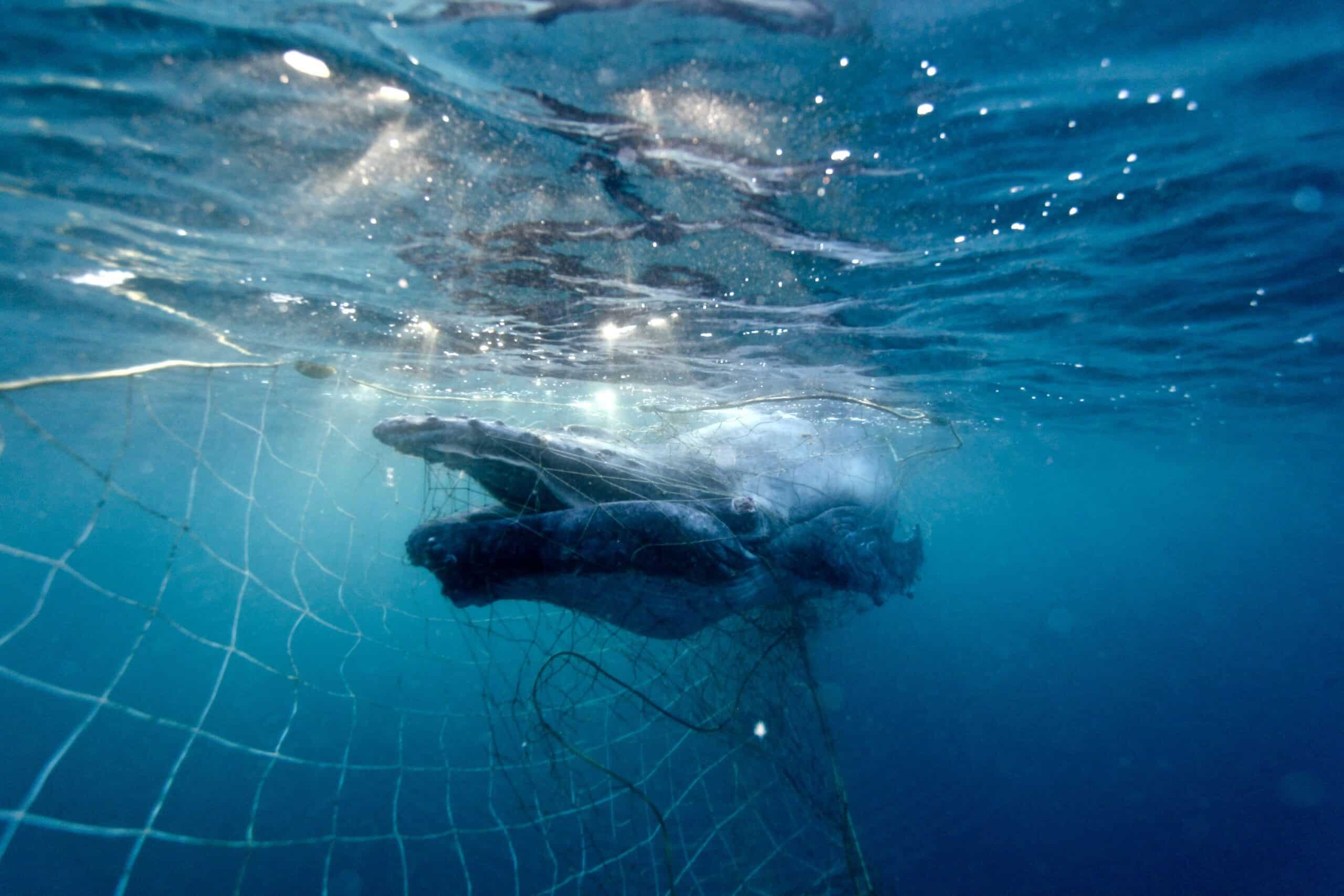Research shows that Australia’s great white sharks are highly related to each other and may consist of fewer than 500 breeding animals. SYDNEY, 24 June 2025: Latest research has found Australia’s great white shark population is much smaller than expected, increasing their vulnerability to further population threats. The population...
The theme for this year’s Earth Day (22 April) is “Invest in our planet”. The concept of investing in nature can mean different things to different people, but one of the hot topics for discussion in Australia at the moment is the proposed new Nature Repair Market.
The proposed Market is part of the Government’s response to the 2021 State of the Environment Report, which highlighted the dire state of Australia’s natural environment. The Government is envisaging a system where private companies and individuals can fund nature repair and contribute to the government’s welcome goal of no new extinctions and protecting 30% of Australia’s land and seas by 2030. When initially announcing the Nature Repair Market, Environment Minister, Tanya Plibersek said she was hoping to create a “Green Wall Street”.
The Government introduced their Nature Repair Market Bill to Parliament in March this year. If passed, it will create a system to allow the Clean Energy Regulator to issue Australian landholders with tradable biodiversity certificates for projects that protect, manage and restore nature. The biodiversity certificates can then be sold to businesses, organisations, governments and individuals.
HSI Australia supports a Nature Repair Market, because we believe that encouraging private investment into nature conservation will be necessary if we are to reverse the current extinction crisis. But importantly, corporate and private investment should not be seen as a substitute for greatly increased public funding of environmental protection and restoration, and taking greater action to protect nature now. We need to see a substantial financial commitment to environmental protection in the upcoming federal budget.
Unsurprisingly, the proposed Nature Repair Market has some good features, and some not so good features. On the positive side, it will include an independent, expert Committee to oversee the program; set a series of biodiversity integrity standards to guide the activities undertaken; ensure that those participating in the scheme meet fit and proper person requirements; include a public register of projects and certificates; and it includes a focus on efforts to empower First Nations peoples to participate in the market and to ensure that First Nations peoples must give free, prior and informed consent to projects on their land. On the side of caution, as the scheme rolls out it will be important to watch whether the market is actually supporting the hard work that is needed to deliver environmental gains and stop the extinction crisis, or whether the market is used as a marketing exercise for companies wanting to claim they are doing their bit for nature while causing harm – and whether the system can help us tell the difference.
The elephant in the room is whether the Nature Repair Market will be linked to biodiversity offsets schemes. Biodiversity offsets are areas that are enhanced and protected in order to compensate for allowing environmental harm in another area. They are designed to create at least a ‘no net loss’ situation. Key principles of biodiversity offsets include that they should only be used as a last resort, should be ‘like for like’ (i.e. the thing that is protected must be the same thing as the thing that is being destroyed), they must be quantifiable, time lags in securing offsets and gains should be minimised, they must additional to what would happen anyway, and they must be protected in perpetuity.
In contrast, the Nature Repair Market is, at least as stated, designed to repair historical harm, will be activity based, and will be implemented using methodologies which aren’t currently envisaged to quantify biodiversity gain. Projects will have to specify a biodiversity outcome they are seeking to achieve, but they won’t have to commit to that outcome in perpetuity and if outcomes aren’t achieved, certificates can be retired. These differences are a reflection of the fact that goals of a biodiversity market and an offsets market are fundamentally different. A biodiversity market is attempting to deliver an environment good. An offsets market is compensating for an environmental harm.
The current draft legislation doesn’t suggest that the Nature Repair Market will be used for offsets but both Government and industry have indicated they would like to see these programs combined in the future. That would be significantly short changing the environment – instead of nature repair, the market would facilitate continued nature decline. This is something that HSI Australia will be keeping a close eye on in the future.
But for now, our own opportunities to invest in our planet come in a different form. It’s the time that we can give and the behaviours we can change to make our world a better place. Whether it’s a signing a petition, planting a tree, eating a plant-based diet, or switching to GreenPower, Earth Day is an opportunity for us to reflect on how we will invest in leaving this planet a better place for future generations.


